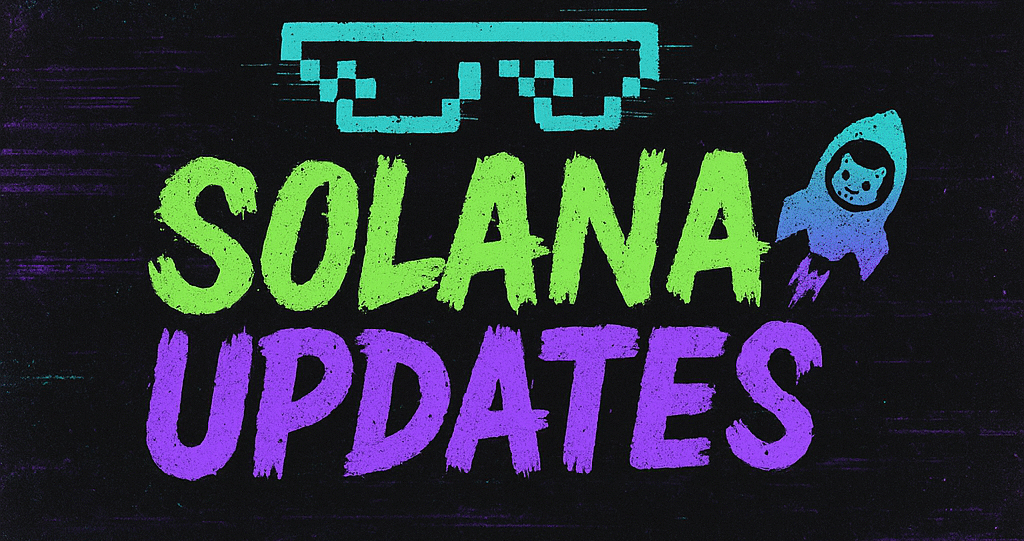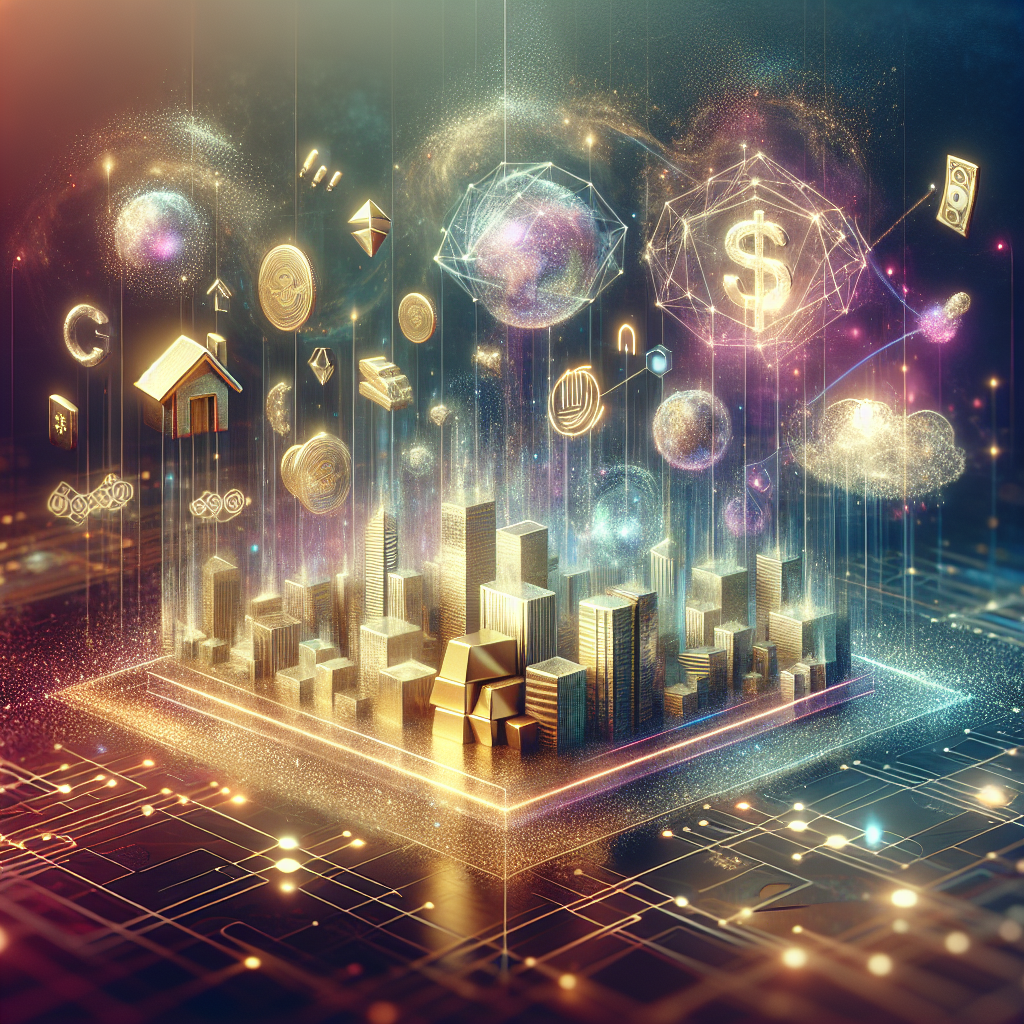Real-World Assets Seek Composable Solutions in DeFi Landscape
In the rapidly evolving world of decentralized finance (DeFi), real-world asset (RWA) projects have become a focal point for innovation and integration. However, many of these projects remain isolated and underutilized, focusing primarily on digital representation rather than developing composable building blocks that can seamlessly integrate into the DeFi ecosystem. This isolation limits their potential to revolutionize traditional asset management.
The concept of RWAs involves tokenizing tangible assets such as real estate, commodities, or even intellectual property, allowing them to be traded and managed on blockchain platforms. While the idea itself is transformative, the execution often falls short due to the lack of interoperability and composability within the DeFi space. This is akin to building impressive structures with mirrors, reflecting potential rather than constructing with robust building blocks.
The Current Landscape of RWAs
Currently, most RWA projects focus on creating digital twins of physical assets. This involves significant legal and regulatory considerations, ensuring that these digital representations are valid and enforceable. However, once these digital assets are created, they often remain siloed, not fully leveraging the potential of the DeFi ecosystem.
One of the primary challenges is the lack of standardized protocols that can facilitate interoperability between various blockchain networks. Without these protocols, RWAs are confined to their native platforms, unable to interact with other DeFi projects that could provide liquidity, lending, and borrowing opportunities.
Why Composability Matters
Composability is a fundamental principle in the DeFi world, allowing different protocols and services to interact seamlessly. This enables users to create complex financial products by combining multiple services into a single, cohesive operation. For RWAs, achieving composability means that they could be integrated into existing DeFi protocols, unlocking new levels of utility and value.
For instance, a tokenized real estate asset could be used as collateral in a DeFi lending platform, or a basket of tokenized commodities could form the basis for a new kind of stablecoin. These possibilities remain largely theoretical without the necessary infrastructure to support RWA composability.
Steps Toward Integration
To address these challenges, the industry needs to focus on developing open standards and protocols that facilitate the seamless integration of RWAs into the DeFi ecosystem. This involves collaboration between developers, regulators, and financial institutions to create frameworks that balance innovation with compliance.
Moreover, initiatives that promote cross-chain interoperability, such as bridges and layer-2 solutions, could play a pivotal role in enhancing the utility of RWAs. These technologies can enable assets to move freely between different blockchain networks, broadening the scope of their application.
Furthermore, education and awareness are crucial to driving the adoption of RWAs in DeFi. Stakeholders must understand the potential and limitations of these assets to fully leverage their capabilities.
Conclusion
As the DeFi ecosystem continues to mature, the integration of real-world assets represents a significant opportunity to bridge traditional finance with blockchain technology. However, without a concerted effort to develop composable solutions, RWAs risk remaining underutilized and isolated. By focusing on building the necessary infrastructure and fostering collaboration, the industry can unlock the full potential of RWAs, paving the way for a new era of decentralized finance.
🛒 Recommended Product: Check out top-rated crypto gear on Amazon


